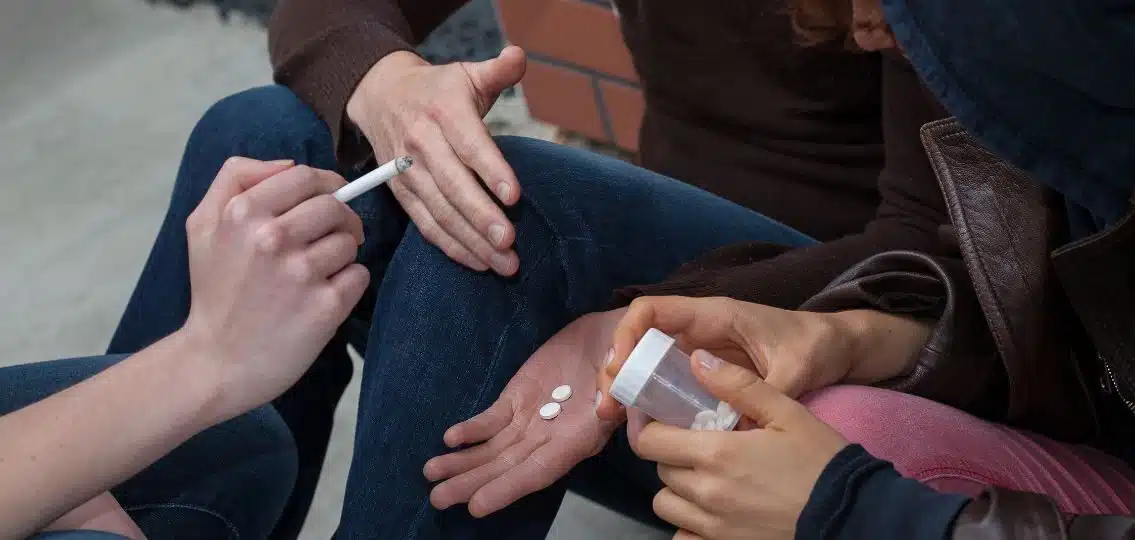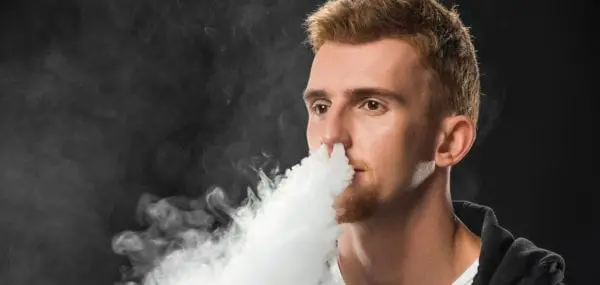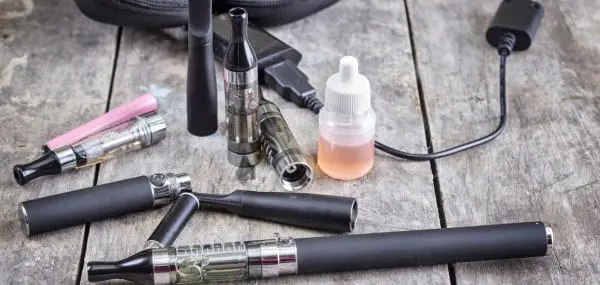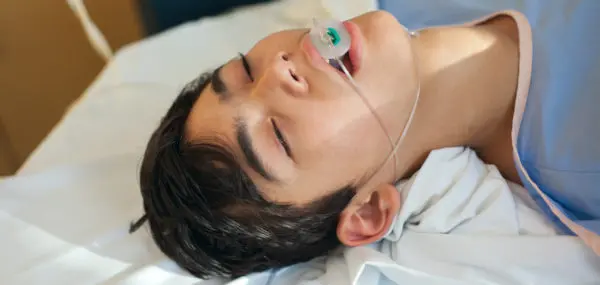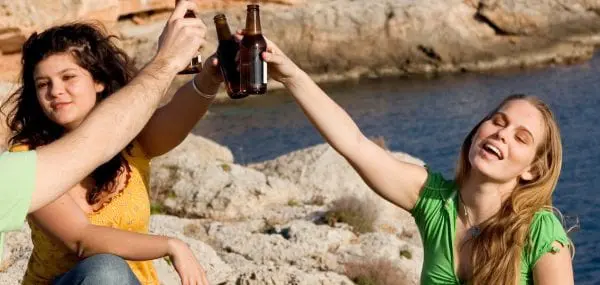Twelve years ago, Pamela Brinker watched her husband die from brain cancer. Afterwards, her sons turned to each other and to substance abuse in their grief. Even as a trained psychotherapist, Brinker struggled to support them. Today, she’s here to talk with us about the advice, techniques, and tools she wishes she had back when her teenagers relied on substances to avoid their difficult emotions.
Q: What can you share about your book, Conscious Bravery?
Brinker: When my sons first started struggling, I thought I had everything I needed from my experience as a psychotherapist working with my clients. But grief, anxiety, and panic can hit us all at once. And, they overtook both me and my sons, who then became addicted to stimulants. I was scrambling for resources about loss, grief, mental health and substance abuse. Conscious Bravery is about the tools and concepts to help us take care of ourselves first and know who we are so we can walk alongside our loved ones.
TAKEAWAY: It’s important to prioritize self-care, especially when we need to take care of someone else.
Q: Are there ways to prevent or prepare for substance abuse in teens?
Brinker: Absolutely. First, I love the book Conscious Parent by Shefali Tsabary. The biggest thing we can do as parents is know who we are, and learn to handle our tough emotions. If we struggle with anxiety or depression, our teens will see it. The best gift we can give them is to learn to consciously face our hardest emotions with compassion and without the use of substances. We want to model healthier ways to manage our own behaviors – going for walks, drinking tea, meditating, holding smooth stones. And, the power of the pause.
TAKEAWAY: Modeling healthy behaviors that help us regulate our own emotions shows our kids that they don’t need to be afraid of their emotions.
Q: Can you explain more about the phrase, “the power of the pause?”
Brinker: Yes. Instead of reacting, pausing allows us to enter into a moment and notice when we are disrupted, anxious, or sad. Then we pause and take a deep breath and allow ourselves to be present in that moment without judgment. This gives us the space to survey the options available, and potentially change our situation. When we model this for our teens, it can help them learn how to do that, too.
TAKEAWAY: If we hit PAUSE during periods of stress, we give ourselves time and space to respond.
Q: How do you incorporate the pause with your own teens?
Brinker: It helps to talk about what is happening as it’s happening. Instead of saying, “Gosh you look really upset,” with calmness and invitation say, “You’re moving your hands a lot — what’s going on?” This invites your teen to pause and observe their own feelings and begin a conversation.
TAKEAWAY: Our teens drop physical cues when they’re stressed. Start by pointing out that behavior (without naming the emotion). Then ask your teens what’s going on. This is an invitation to talk.
Q: It sounds like being present is a pretty powerful tool.
Brinker: Much of the current research on neurobiology and the way we rewire our brains and behavior has to do with being present and not living in the past or future. Let’s say we are feeling helpless or anxious, we want to befriend all of our feelings, no matter what the feeling is, and then pause. There is power in coming into the present moment and saying, “This is how I am feeling. This is what is happening. What will I do?”
TAKEAWAY: When we teach our teens to befriend their feelings and pause, they soon realize those feelings might signal something they need to do.
Q: We know teens will likely be introduced to substances at some point. How do you recommend discouraging experimentation?
Brinker: A really powerful tool is watching films and talking about them with our teens. If we see a movie where people are getting drunk, talk about that. Try to weave in casual, but honest conversations about teen addiction and how and why people become addicted to substances. We want these to be normal conversations, where teens can imagine and practice what they might do in different situations before they happen. We want our teens to become aware of substance use, and give them the tools to make other choices.
TAKEAWAY: To normalize conversations about substance use, we can talk about how it’s depicted in shows and movies, and we can run through various scenarios with our teens.
Q: What if they have a friend who is using drugs?
Brinker: One way of looking at prevention is to provide your teen with a foundation of other options — sports, music, healthy friends who don’t use. Then, if a friend is using, they have the option to do something different. It also helps to begin therapy for ourselves so that we establish therapy as part of our lives when we need it, not something taboo.
TAKEAWAY: If their friends are abusing substances, we can provide our teens with healthier options — like sports, music, other friends, and therapy — to keep them busy and offer them goals.
Q: How else can we create a home environment where our teens are willing to be open with us?
Brinker: It’s important to develop safe and secure connections with our kids when they’re young so that even as teenagers they feel like they can open up with you and tell you the truth. Go to miniature golf, hikes, play ping pong, get coffee. Those are the kinds of activities where they’re likely to open up and just offer something. The relationship we have with our teens is probably the most important way we can prevent teenage substance abuse. So much of it comes back to awareness of both ourselves and our teens.
TAKEAWAY: When we work on developing safe and secure everyday connections with our teens, they’re more likely to be truthful with us, even when opening up is hard.
Q: How can parents increase conscious bravery for themselves and their teens?
Brinker: Parents should be role models by making conscious choices. Allow your teens to see how you make small changes that model resilience and growth, and invite them to do the same. Maybe they’re feeling socially awkward, so a large party will be uncomfortable. Start by inviting over two or three people. I think people forget that bravery and happiness are cultivated. We have to learn how to be a good friend and be loving even when it’s tough. It’s a commitment that requires resilience. The more we show our teens that we are willing to do that work alongside them, the easier it is to invite them in.
TAKEAWAY: It’s easier for our teens to take on challenges when we work alongside them, modeling our commitment to resilience and personal growth.
